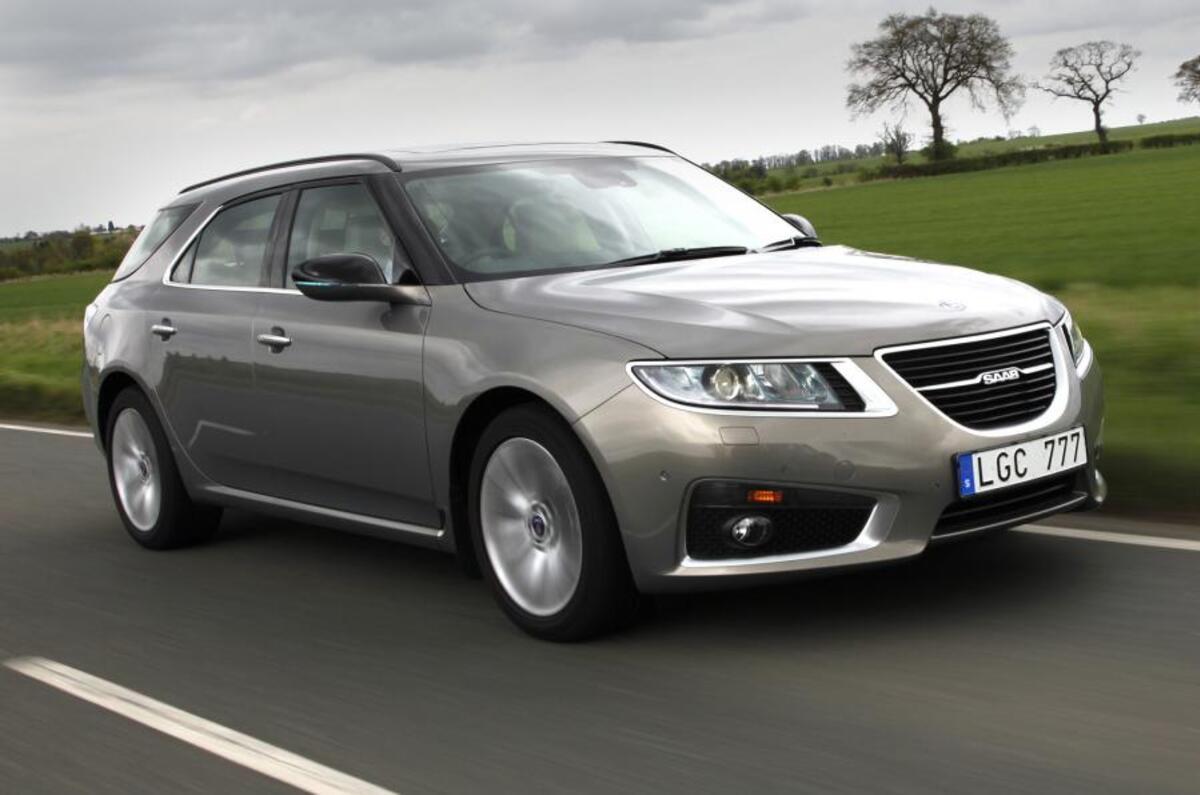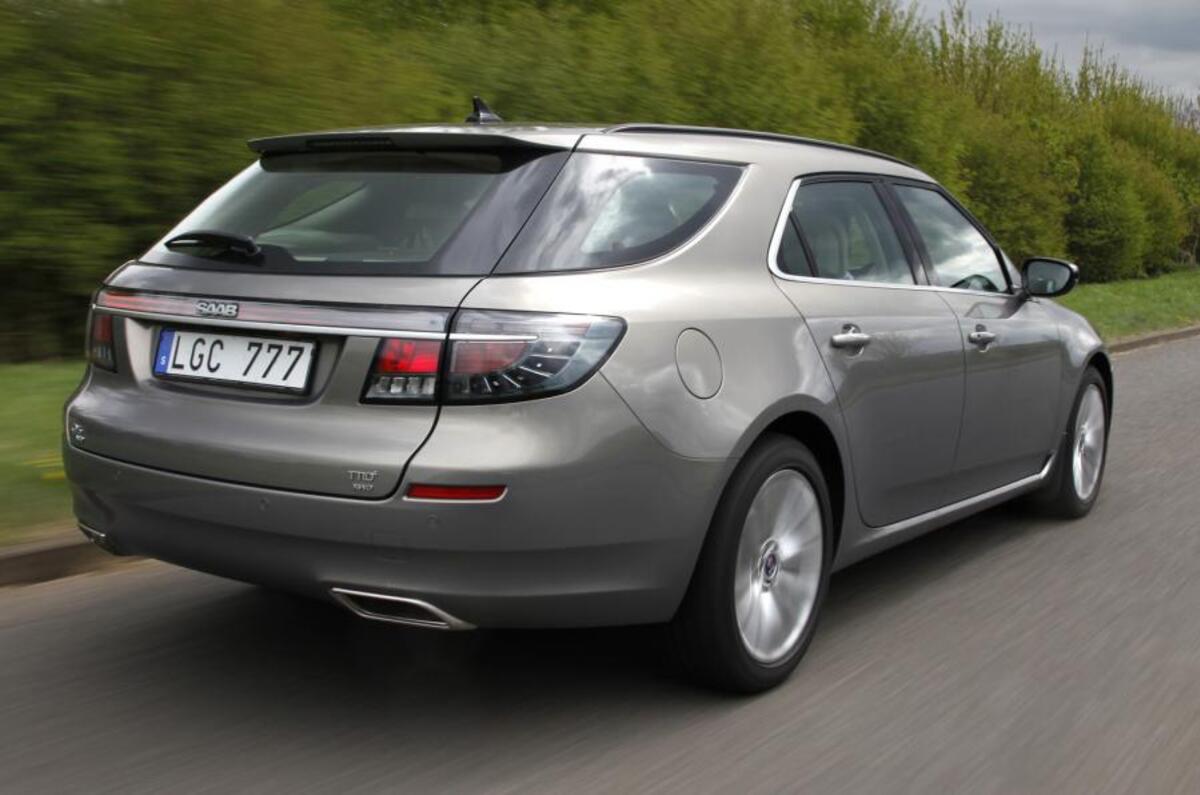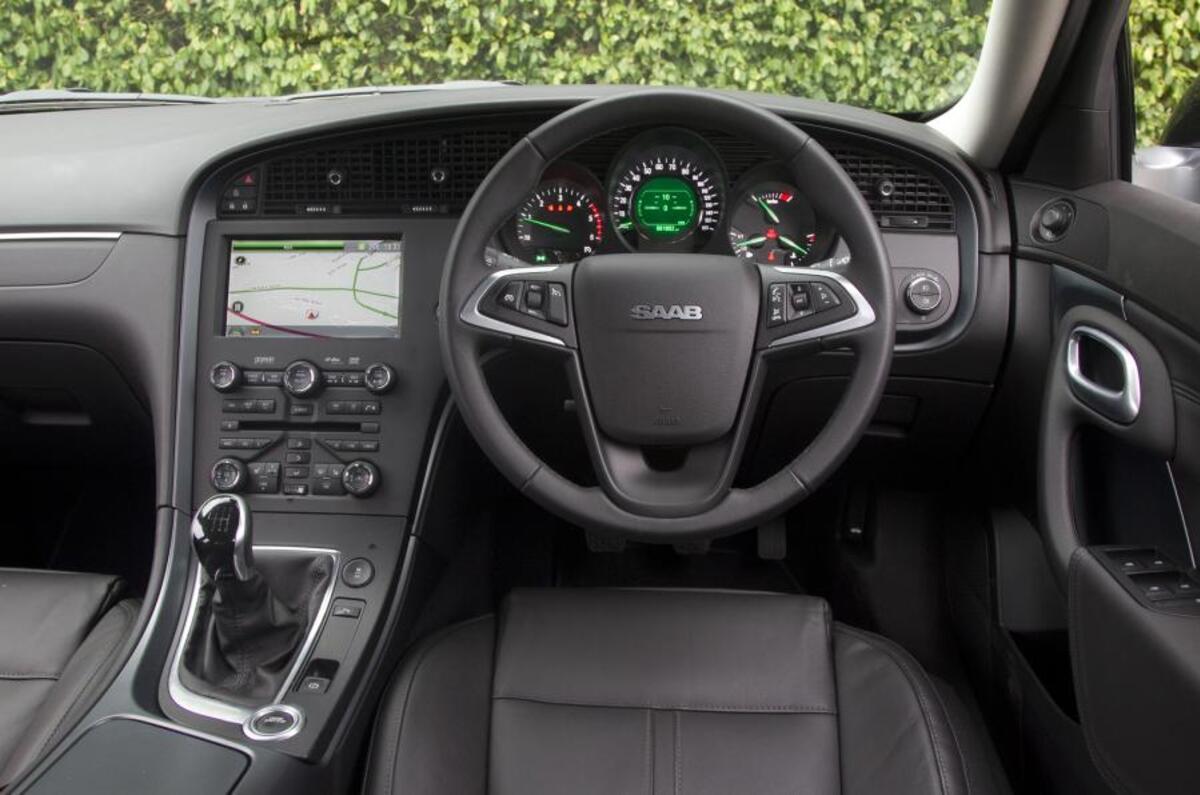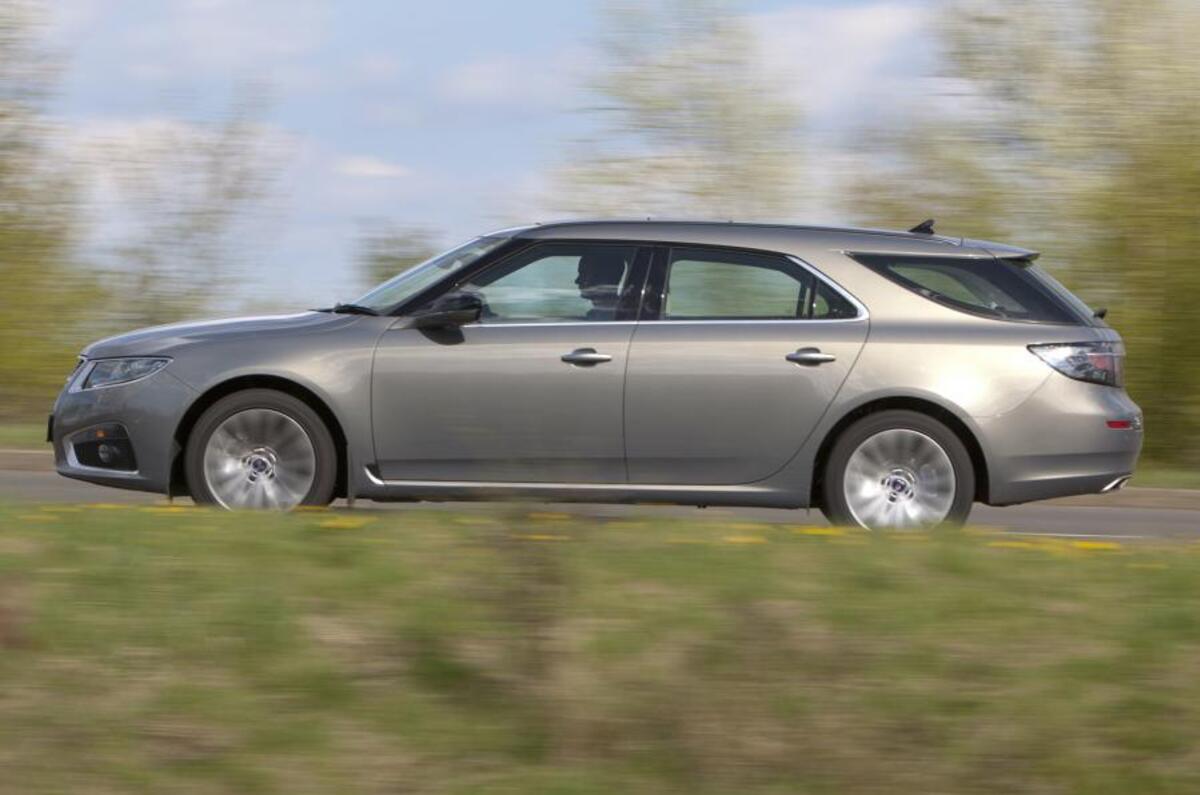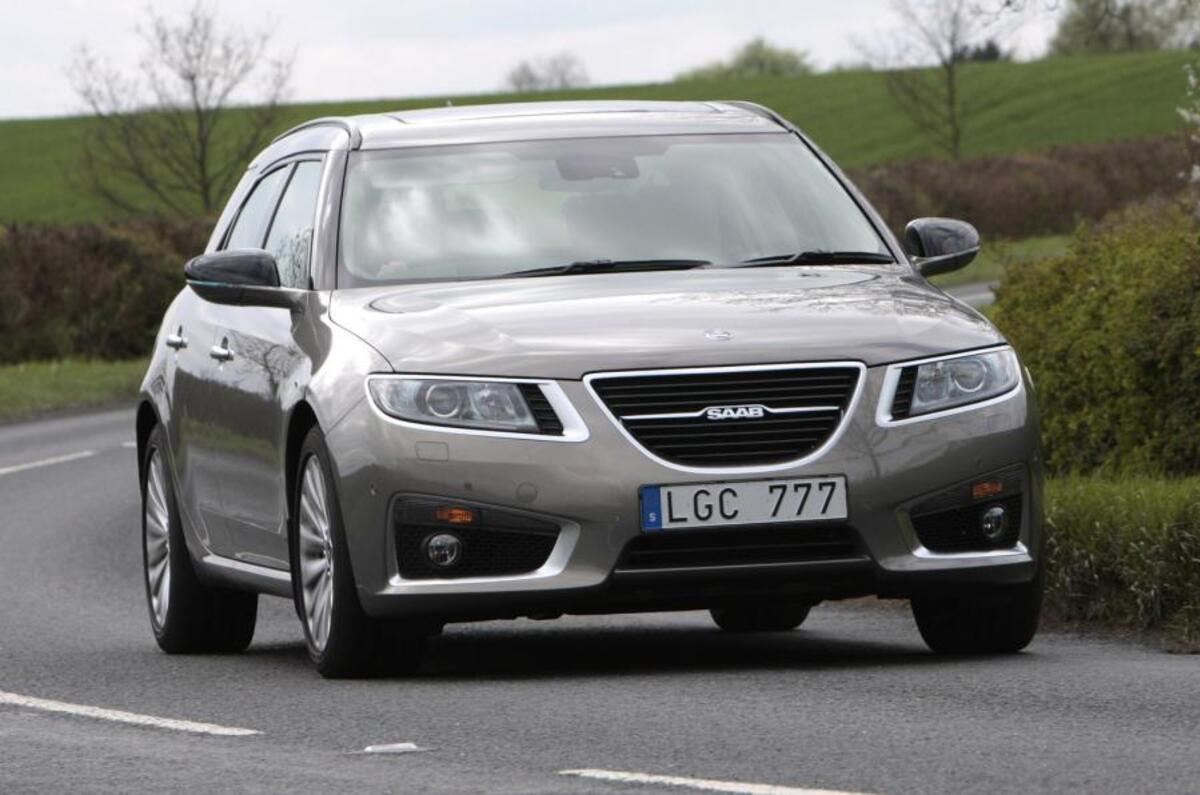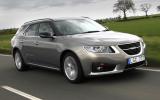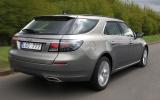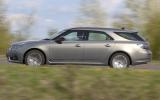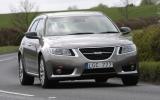This is a pre-production variant of the Saab 9-5 SportWagon, which will go on sale in September. Examples are being tuned in the UK now; Saab intends to tune chassis of all its future models in Britain in future – something it used to do before GM canned the practice.
We've driven three SportWagons, with three different chassis settings. Spring, damper and roll bar rates are all re-tuned from current saloons, and there are new top mounts for the front suspension.
The cars we drove were made from early production tooling, so a lot of the moulds weren’t yet grained. Materials were good enough, though, to make you realise that the 9-5 wagon will get a capacious (527 litre) and well-finished luggage area, with a deep under-floor storage well. There's ample room in the back seats, too, though you'd expect nothing less of a car over 5m long.
To drive? The Wagon is promising. An entry point 'comfort' chassis setting is in its early tuning stages, which has the potential to be satisfyingly engaging if a jiggly secondary ride can be sorted.
A passively-damped Sports chassis is more or less finished, and it proves pretty good. It controls body movements very well and is pleasingly agile, though it too could use its low speed ride being smoothed; it's harsh below around 40mph.
For me, best was the optional DriveSense chassis, which brings with it magnetically-controlled dampers. These sort out the ride while retaining the sport chassis' body control, at the expense of occasionally being caught out by sudden changes in suspension loading, such as mid-corner bumps. The passive 'Sports' chassis is more honest and more consistent, but until its ride is improved, the DriveSense chassis is superior.


